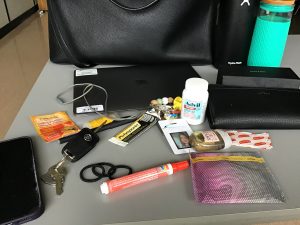Prompt:
Describe or narrate a scenario about a news headline found a few years into a future in which society as we know it has come apart. Your description should address issues related to artificial intelligence and elicit feelings of cheer.
Scenario:
The year is 2040 and the health industry as we know it has changed for the better. With the creation of the new website and app called HealthLink Canadian residents can now have unlimited access to their health information at their fingertips.
The application allows for patients to:
- Book an appointment with an available doctor
- Have access to their own medical information at their fingertips
- Get within the hour access to most blood tests and lab results
- Be provided with customized nutritional information based on their individual health concerns
- Have a comprehensive understanding of their vitamin levels
The HealthLink app was created to fill a void in the healthcare industry. Just a few years ago, access to doctors was extremely limited. Many Canadians had a hard time finding a family doctor to see or even a clinic to go to with reasonable wait times. The HealthLink app allows Canadians to take control and access of their own health. The artificial intelligence in the HealthLink app allows the algorithm to locate available medical professionals as well as store and house safely patient medical information so patients always have access to their own important data regardless of which medical professional they see.
HealthLink has revolutionized the patient experience in Canada and has now received global recognition. The European Union and Great Britain are looking to implement the HealthLink app in their own countries and are looking to Canadian professionals for support in doing so.
HealthLink is currently looking to expand its market to provide patient access to other areas of health, including mental health, dental, and physiotherapy.
Reflection:
“Speculative design asks questions about the future and offers some alternatives for the world of today, but more importantly, the world of tomorrow. It is a discursive activity founded in critical thinking and dialogue reflecting design practice” (Mitrović, Auger, Hanna, and Helgason p. 69).
When thinking about this writing prompt and how AI can be used to elicit feelings of cheer, I immediately thought about the healthcare industry and how AI could be used to make healthcare easier for many, “Computer scientists are developing artificial intelligence (AI) algorithms that can learn, analyse massive amounts of data and recognize patters with superhuman efficiency” (Harari, 2017, p. 324). I think when using AI, simplifying everyday experiences, especially ones as sensitive and important as healthcare is, is really important and can make a difference for many people.
AI and computer algorithms, often times, have the power to do much more that what is in the realm of capability for many individuals, therefore, taking advantage of these programs and intelligences to better the health of many can be crucial.
References
Harari, Y. N. (2017). Reboot for the AI revolution. Nature International Weekly Journal of Science, 550(7676), 324-327.
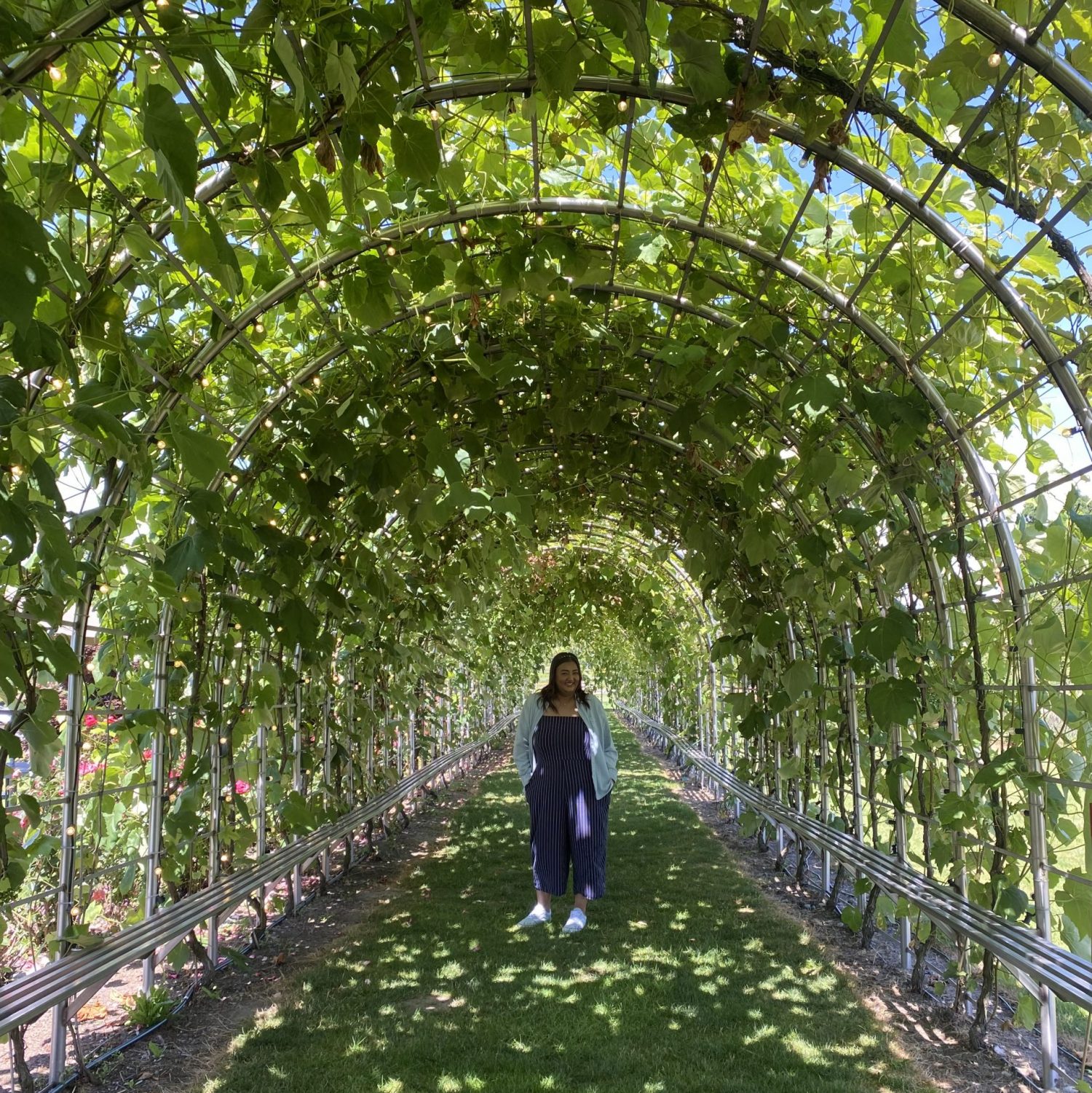
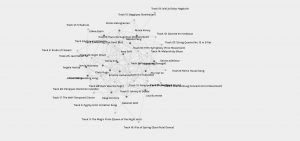
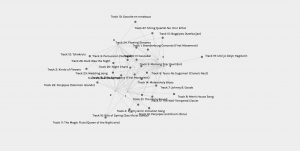
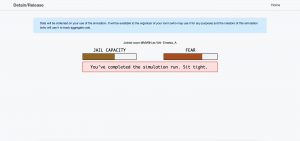

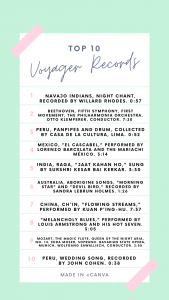
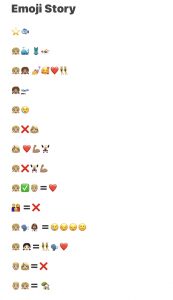
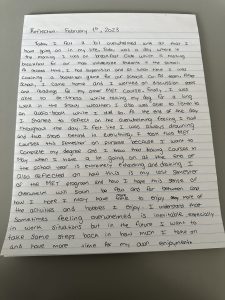
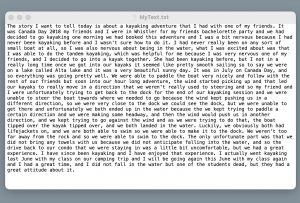
 (pre lake submersion)
(pre lake submersion) .
. 